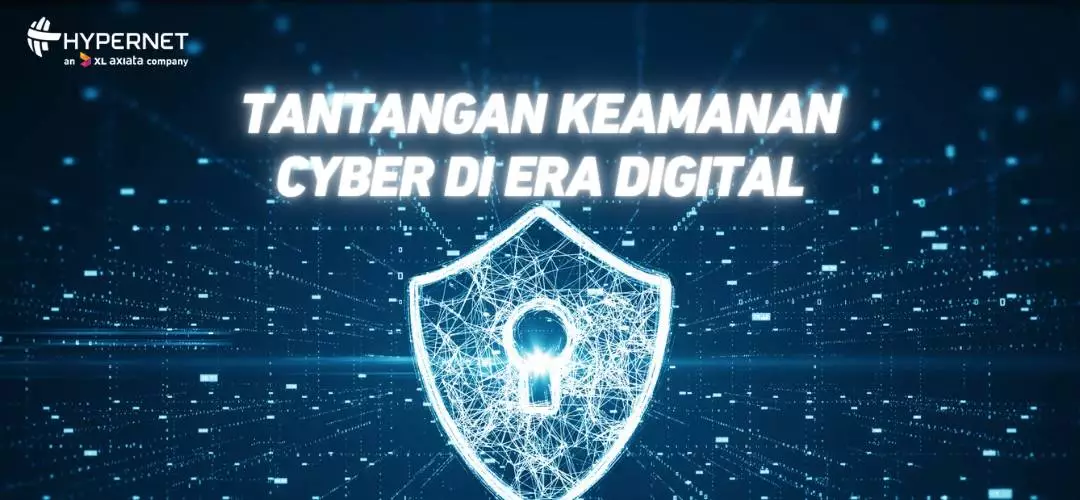The digital era has actually been going on since the 1980s when the World Wide Web was invented. However, it wasn’t until about 30 years later that digitalization began to penetrate almost all sides of life.
Behind the benefits that can be reaped from digitalization, such as making it easier for companies to connect with consumers, there are many challenges that arise. The main challenge is the security of the company’s network and data.
Here are some cyber security challenges that you should know about so that you are ready to face them:
Examples of types of cyber security challenges
Ransomware extortion
Cybercriminals attack company systems and networks to seize important data. The data that cannot be accessed by authorized users will only be unlocked if the company pays a ransom.
Third-party cloud threats
Companies are increasingly adopting cloud computing to store their data. Cloud services do provide benefits such as allowing users to access data from anywhere in real-time. On the other hand, this move has significant security implications. Employees and users who lack an understanding of how the cloud works can make cloud environments more vulnerable to attacks than on-premises infrastructure.
Mobile malware
Mobile devices are increasingly used which makes the threat of mobile malware increase. Mobile malware disguises itself as legitimate and harmless apps, such as QR code readers, games and flashlight apps. When users install and use these malware apps, the device can become infected. If the device is connected to other devices or networks, the malware can infiltrate them.
How companies are addressing cybersecurity challenges
Consolidate security
Implement a single security platform for the enterprise with all the necessary capabilities to monitor, configure and operate the enterprise security infrastructure. This will improve the efficiency and effectiveness of the organization’s security architecture and teams, enhancing its threat management capabilities.
Prevention-focused security
Many enterprise cybersecurity strategies focus on detection. The next security solution is to take mitigating action or remediate an attack in progress. However, a responsive approach to security means that attackers have an opening to launch an attack. Perpetrators who successfully launch an attack can cause harm to the company and extend and amplify the attack, which makes remediation more difficult and costly.
Instead of focusing on detection, cybersecurity should have a prevention focus. By identifying and blocking incoming attacks before they reach the system, companies eliminate potential threats, damage and costs.
Comprehensive protection
The digital age is revolutionizing enterprise IT architecture. The adoption of cloud, remote working, mobile devices, Internet of Things (IoT), and other technologies provide cybercriminals with many potential avenues to attack enterprise security systems.
Cyber threat actors can identify and exploit existing vulnerabilities to gain access to enterprise systems. An effective cybersecurity program is one that provides comprehensive coverage and protection for all potential attack vectors.
These are some of the cyber security challenges in the digital era and the steps companies can take to overcome them. Hypernet can help you implement these steps for the sustainability of your company’s network security system. Let’s contact CS to know the complete package!



